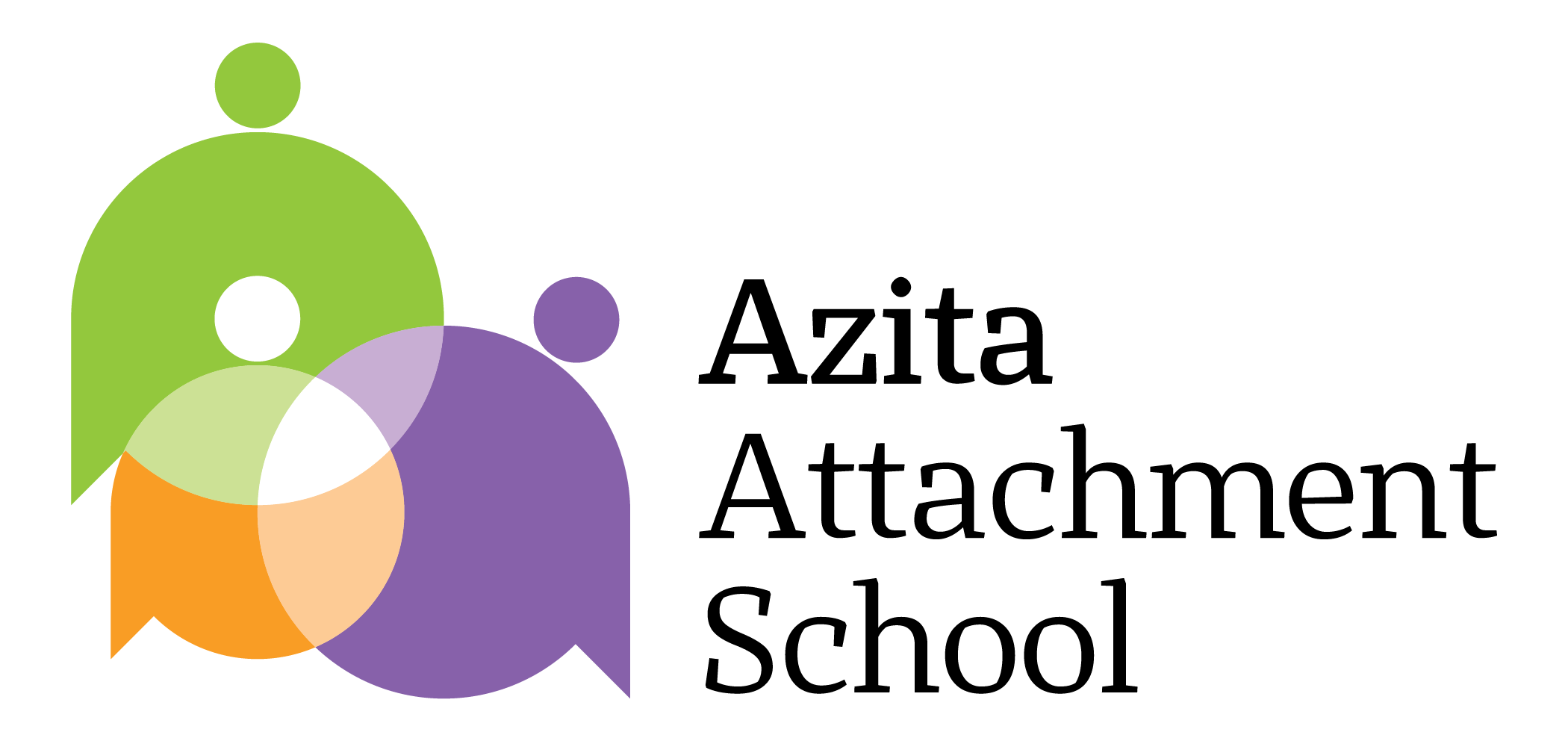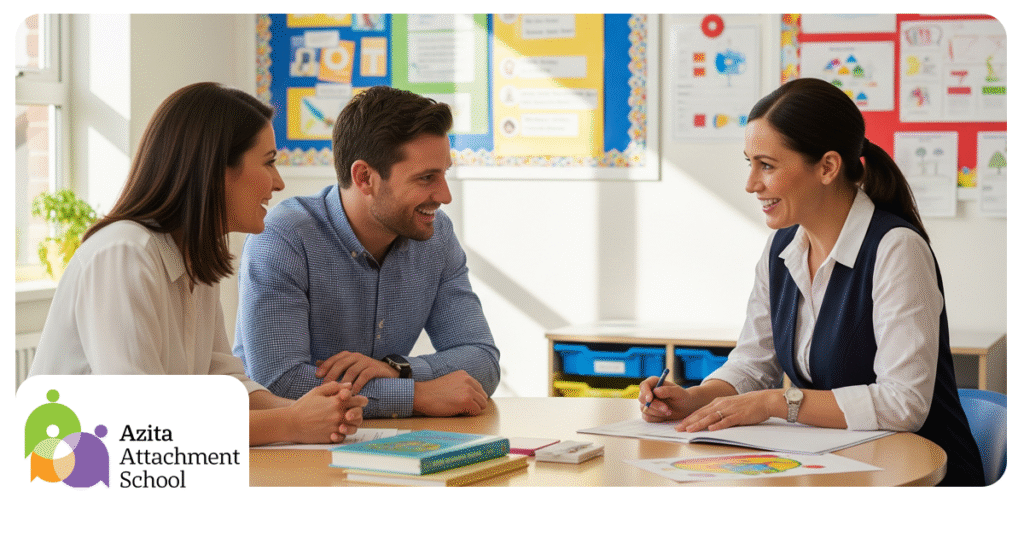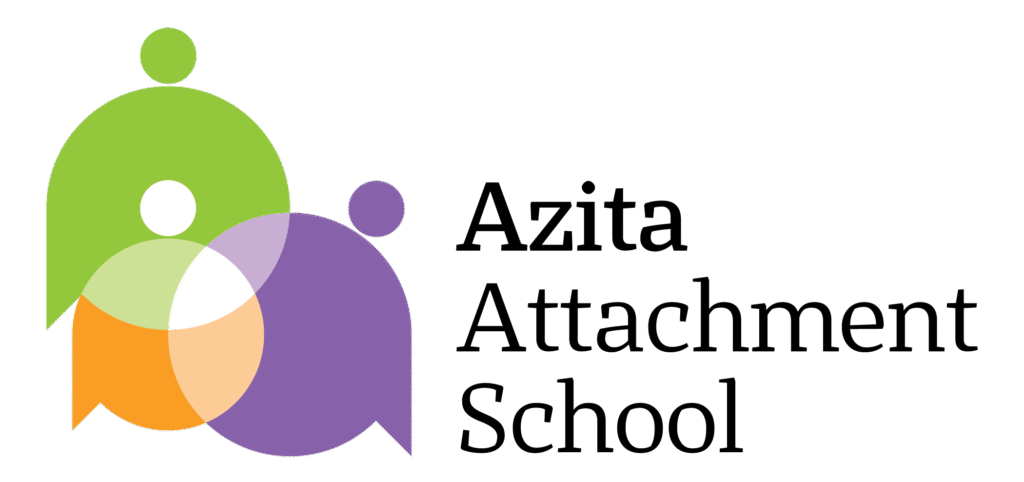Parents often struggle to collaborate with teachers without turning home into a classroom. This article explores research, case studies, and practical steps for healthy boundaries.
Introduction
One of the most common challenges parents face during the school year is unintentionally adopting the role of a teacher at home. While collaboration with teachers is essential, blurring these roles often damages the parent–child relationship.
Parents must strike a balance: support their children emotionally while leaving instruction to teachers. When homes become classrooms, children lose a sense of safety and connection.
Historical Background and Research
- Bronfenbrenner (1979): Ecological theory emphasizes home–school collaboration as key to child development.
- Epstein (1995): Introduced a parental involvement model showing positive school outcomes when roles are clear.
- OECD (2018): Found parental–teacher collaboration strongly predicts student achievement.
- APA (2020): Warned that excessive parental teaching at home harms motivation and mental health.
Global Data
- USA (National PTA, 2019): Students with involved parents are twice as likely to excel academically.
- Europe (EU, 2020): 56% of parents report difficulty separating parent and teacher roles.
- Iran (2019): Overinvolvement in homework linked to family conflict.
- Japan: Stresses that parents should play supportive, not instructional, roles.
Case Study
Mahsa, 10 years old:
Mahsa’s mother corrected her homework as if she were a strict teacher: “This is wrong—redo it.” Over time, Mahsa grew to resent both homework and her mother. After counseling, her mother shifted to a supportive role, leaving corrections to the teacher. Their relationship improved, and Mahsa felt calmer.
Why Blurred Roles Are Harmful
- Double pressure: Children feel constantly evaluated.
- Emotional damage: Parent–child bond turns into evaluator–student.
- Increased anxiety: Home loses its safe emotional base.
- Dependency or avoidance: Children either over-rely on parents or withdraw from tasks.
How Parents Can Collaborate Without Replacing Teachers
- Communicate with teachers: Share concerns with teachers, not by re-teaching at home.
- Provide emotional support: Focus on confidence, not corrections.
- Encourage independence: Let children own their schoolwork.
- Stay consistent: Align expectations with the school.
- Highlight strengths: Celebrate abilities beyond academics.
Step-by-Step Interventions
- Define roles clearly: Teachers teach, parents support.
- Establish homework routines: Create structure but leave assessment to teachers.
- Consult teachers for issues: Avoid overburdening the child.
- Foster autonomy: Let children make mistakes and learn.
- Emotional reassurance: Remind children their worth exceeds grades.
Quick Tips for Parents
Be present during homework, but don’t act as the teacher.
Let children take responsibility for learning.
Address academic problems with teachers, not through pressure at home.
Keep home an emotionally safe space.
Conclusion
Parental collaboration with teachers works best when roles remain distinct. By offering emotional safety at home and trusting teachers for instruction, parents preserve their unique role while still fostering their child’s academic growth.


